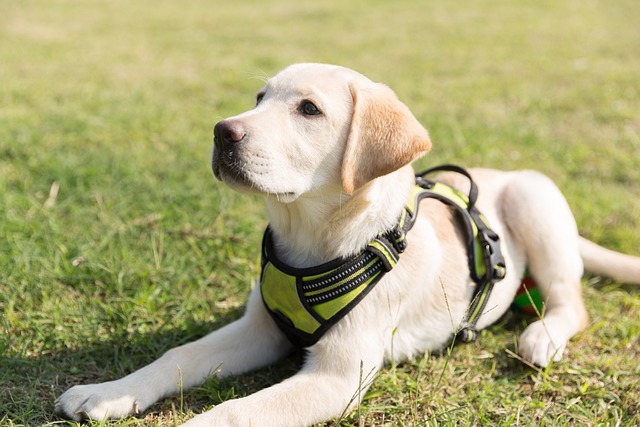
How do i train my dog to be obedient?
Watching your dog dart across the park ignoring your calls isn’t just frustrating—it can put them at risk near busy streets or public spaces.
If the sight of another dog on your neighborhood walk makes your heart sink as your own dog erupts into a frenzy of barking and lunging, you're not alone. Learning how to train a reactive dog is a journey many American pet owners face, whether in a bustling city apartment or a suburban community. The good news is that with patience, consistency, and the right approach, you can help your dog feel safer and become a calmer companion. This process starts with the bedrock of responsible ownership: ensuring your dog is always leashed in public as per local ordinances, their vaccinations like rabies are current, and you're always prepared to clean up after them—integrating training into a lifestyle of compliance and community respect.
The science behind reactivity is crucial to understanding how to address it. Reactivity is typically a stress response rooted in fear, frustration, or a lack of confidence, not a desire to be dominant. When your dog sees a trigger—another dog, a jogger, a skateboard—their nervous system goes into fight-or-flight mode. The leash removes the option to flee, so "fight" (barking, lunging) becomes the only outlet. This is why modern, force-free training methods are the gold standard. Techniques that rely on punishment, such as leash corrections or verbal scolding, may suppress the behavior momentarily but ultimately increase the dog's underlying anxiety, making the problem worse over time and damaging your bond. The cultural shift in the U.S. and Europe is firmly toward positive reinforcement, which builds trust by changing the dog's emotional state.

The most effective practical method is called "counter-conditioning and desensitization." Your goal is to change your dog's association with the trigger from "Oh no, that's scary!" to "Oh good, that means chicken!" Begin by identifying your dog's "threshold"—the distance from the trigger where they notice it but haven't started reacting. This might be 50 feet away from another dog. The instant your dog looks at the trigger, mark it with a calm word like "yes" and feed them a stream of high-value treats (think real meat or cheese). The trigger predicts good things. Then, calmly create more distance. This isn't about obedience; it's about emotional re-wiring. For apartment dwellers, this requires smart management: using visual barriers like cars, choosing off-peak walk times, and patiently waiting for a clear hallway. This isn't avoiding the problem; it's setting up your dog for success.
This entire process is a practice in patience and public awareness. Your own demeanor is critical; a relaxed grip on the leash and calm breathing signal safety to your dog. Remember, success is measured in small wins: a glance at a trigger followed by a look back at you is a huge victory. This approach aligns perfectly with community etiquette—being proactive about creating space shows consideration for others. For many owners, enrolling in a specialized reactive dog class with a certified positive reinforcement trainer provides invaluable structure and support. Training a reactive dog is a commitment to understanding their world, using kindness to build their confidence, and ensuring your shared life is more peaceful, reflecting the modern principles of animal welfare and responsible pet ownership.

Watching your dog dart across the park ignoring your calls isn’t just frustrating—it can put them at risk near busy streets or public spaces.

New puppy owners often find themselves rushing to clean up accidents before they set in, and that’s where puppy pad training becomes a game-changer.

If you've noticed your dog's waistline disappearing and your veterinarian has mentioned those few extra pounds, your first instinct might be to simply reduce the amount of food in their bowl.

Training a dog to use a designated spot indoors isn’t as daunting as many new owners fear, but it does take consistency and an understanding of your pet’s needs.

That moment of dread on a walk is all too familiar for many new dog owners. You see another dog approaching down the sidewalk of your neighborhood

If the sight of another dog on your neighborhood walk makes your heart sink as your own dog erupts into a frenzy of barking and lunging, you're not alone.